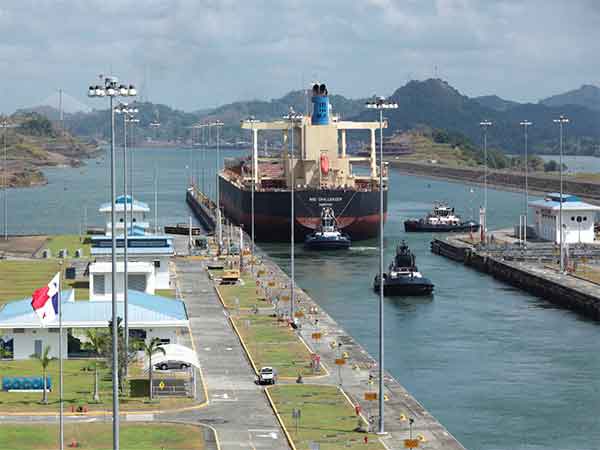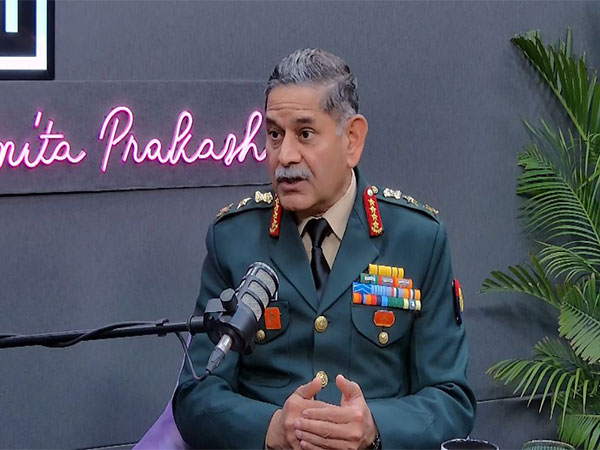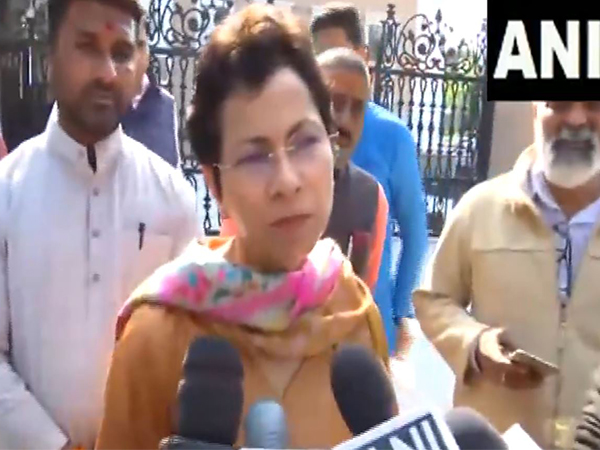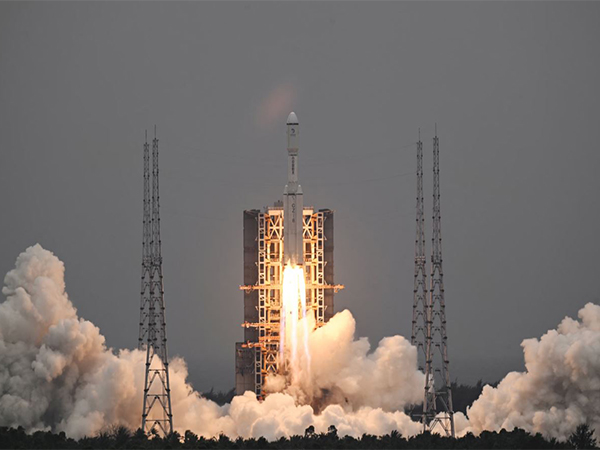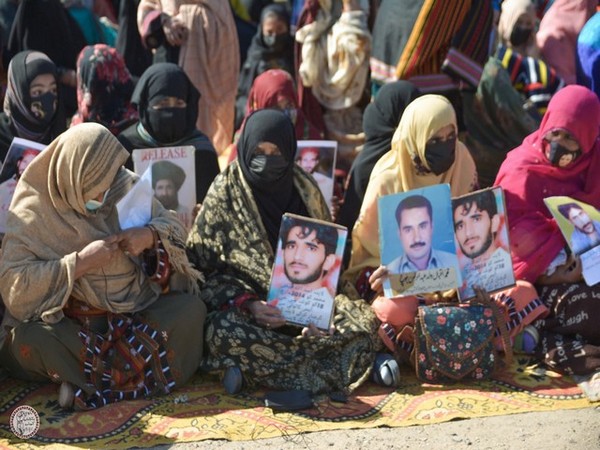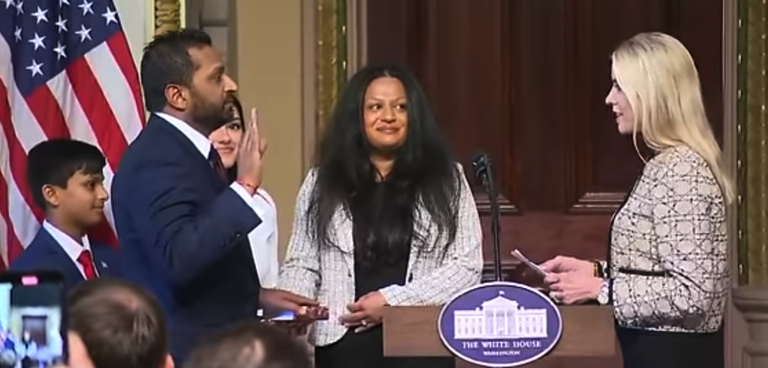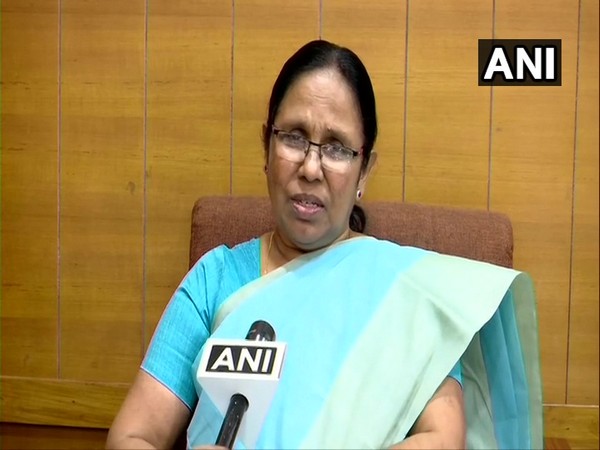
Kerala Health Minister KK Shailaja while speaking to ANI on Thursday (Photo/ANI)
Thiruvananthapuram (Kerala) [India], April 16 (ANI): Kerala that reported the first COVID-19 case on January 30 was able to flatten the curve within three months, with 147 active cases against 245 recovered cases as on Thursday, with meticulous planning that began even before the first batch of 72 people from Wuhan reached the state. Speaking to ANI, about what worked for Kerala, Health Minister KK Shailaja said that even before India’s first case was reported in Kerala of a Wuhan returnee, a Control room was opened on January 24.
“It was due to planning that we were able to keep the COVID -19 mortality rate in Kerala low at 0.5 per cent, but in the world, it’s more than 5 per cent. In some places, it is even more than 10 per cent. The discharging rate is also very high in Kerala because of our systematic work,” she said.
When reports about Coronavirus started emerging from China, Kerala put in place preventive measures. “Before it hit Kerala, we planned everything. On January 24, the state-level control room was opened in Kerala directorate of health services.
Our team prepared standard operating procedures and protocols. All districts were asked to start a control room,” she said. She said the prior experience of handling Nipah virus outbreak in Kerala and containing it helped her team.
“Also from the last four years, we were trying to control infectious diseases especially dengue fever, chicken guinea and H1N1. For that, we had a programme here ‘Arogya Jagratha’ campaign. From source reduction to hygiene and sanitation, we had put in place a system.
In every Panchayat in every ward, we formed a squad named Arogya Sena – an army to protect health. They were given vigorous training in various ways to contain infectious diseases.
When COVID-19 reached state, we used this hands-on experience of root level health workers,” said Shailaja. Once the cases began to increase, she said the priority was given to contact tracing and isolating them.
“By that time the control room was active and it helped us to track people. The route map of COVID-19 patents movements was published. Soon control room started receiving calls from people who were present in the same place where a COVID-19 patient visited.
We used all resources including CCTV visuals for contact tracing. That way we were able to isolate people,” said Health Minister.
The next worry that Kerala faced by mid-February when numbers began to slowly increase was about testing. “Our team of health experts led by Principal Secretary Rajan Khobragade wanted to increase the number of tests carried out.
For which we reached out to the Indian government to get permission from ICMR to increase the testing facilities. From just one in NIV Alappuzha now we are having 12 testing facilities and we are awaiting approval for two more,” she said.
Kerala Health Minister who launched “Break the Chain ‘ campaign in March 16, said in order to break the chain all States in India need to flatten the curve. ” Other states in the country are also doing good.
To really break the chain, we have to completely contain the disease in the country. For which we all have to work hard,” she said. According to the Ministry of Health and Family Welfare, the State has reported 394 positive COVID-19 cases so far. (ANI)
